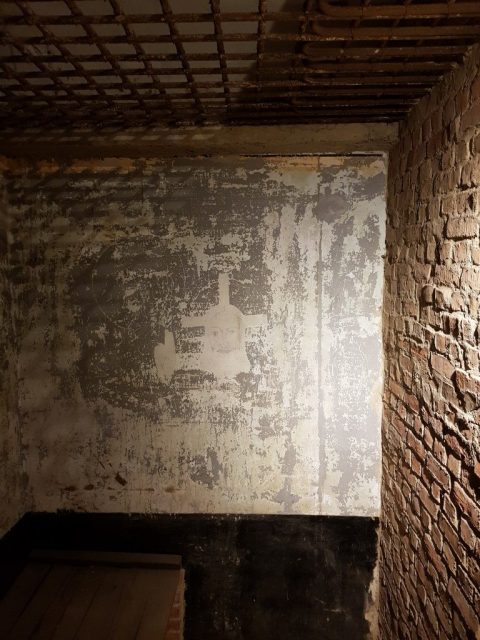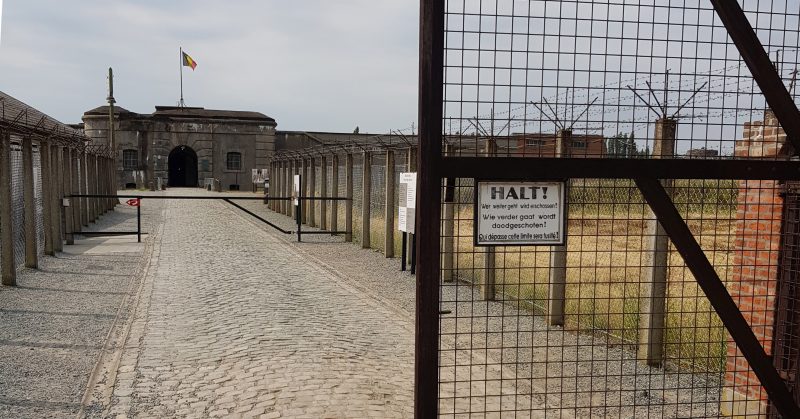War History Online proudly presents this Guest Piece from Roy van der Steen
While chatting at a birthday party about World War II sites, someone gave me the tip to visit the Fortress of Breendonk. This fortress was built between 1906 and 1913 as a defensive site for the city of Antwerp.
It was part of the city’s second line of defense along with other newly built fortresses. In that time the threat came mainly from France. After the building was finished, it housed around 40 people, but it could hold as many as 400. When World War I began, Belgium refused to give Germany passage to France and was subsequently invaded by German forces.
The fortress was attacked by howitzers that were placed out of range of its own guns. The fortress survived the barrages but surrendered after the Germans captured the city of Antwerp itself. The Germans repaired the fortress and kept it until the end of the Great War, not knowing they would return in future years.
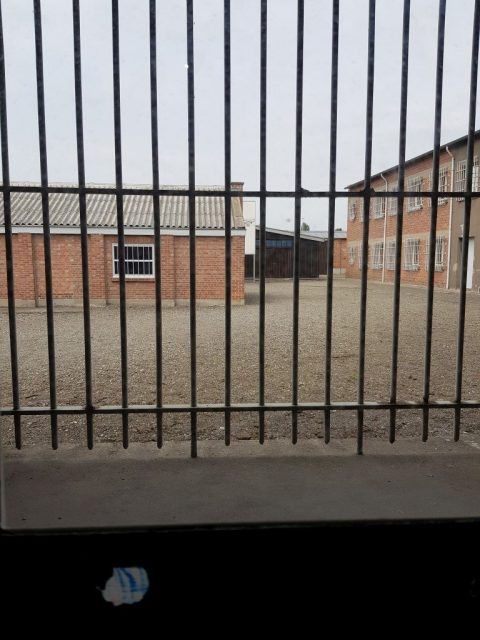
When Belgium was occupied again in 1940, the Nazis made a prison out of Breendonk. The prison was controlled by the SS and was used to hold communists and other political prisoners. The first prisoners were forced to build the fences and watchtowers shown in the picture. They arrived in September of 1940 with just under 100 men.
They were locked up in chambers which were fitted with bunk beds and held 48 prisoners per chamber. At the end of the room were 2 small tables with some chairs where they received their meals twice a day: 2 cups of coffee, bread and soup. During the day they were forced to work, removing all of the sand and dirt which had covered the fortress during WWI. Some 300,000 cubic meters of dirt was removed during that period.
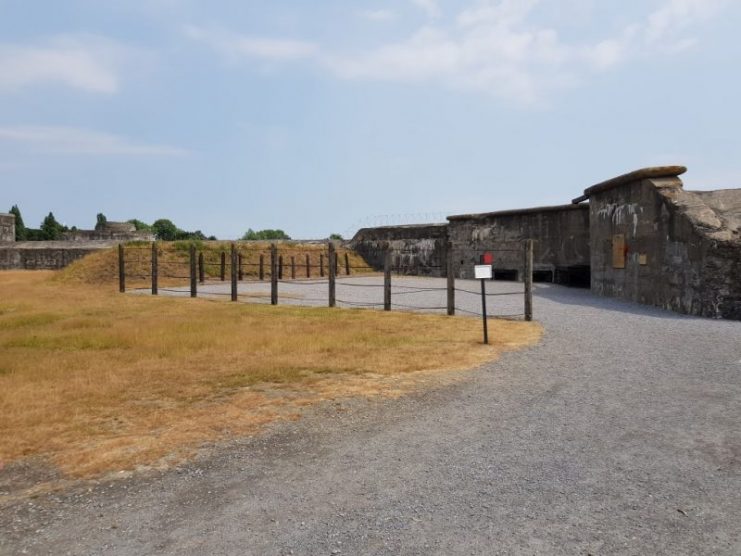
Breendonk grew as a prison, and that led to some transport of prisoners to other concentration camps like Neuengamme and Bergen Belsen. At some point more than 700 men and woman were held at Breendonk. Breendonk soon made a name for itself as the “Hell of Breendonk.”
At night, random prisoners were awakened to go to the torture room. Prisoners were hung up to the ceiling with their arms behind their backs and tortured.
This could take all night and the SS kept the doors open so the whole prison would hear these unfortunate prisoners’ screams and cries. In this room, there was even a small area where the next prisoner was forced to wait his turn.
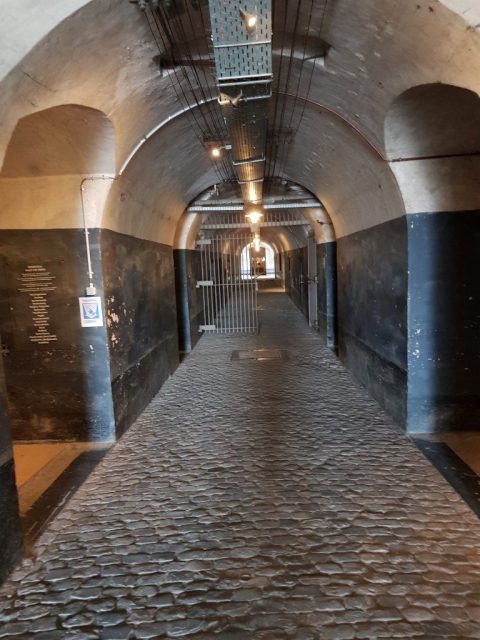
The camp director was one of the people who loved these activities. His methods were so brutal that the German SS soldiers made him stop sometimes. After one “accident” the camp director Smit was forced to return the keys of the chamber. He left a prisoner that was hanging on the ceiling, and he died when they went to sleep.
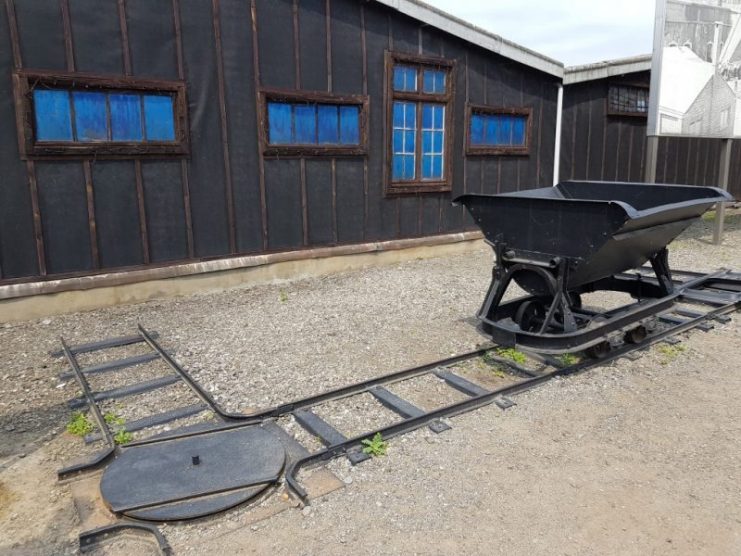
The name Breendonk alone made people frightened beyond measure. During the 5 years it was in operation, prisoners came from all backgrounds. Jews were put in a loose building on one of the open sides of the fortress and then were transported to the extermination camps. In one case, there was a prisoner with dwarfism. He was captured because of his condition and was also forced to do manual labor.
His fellow prisoners tailored a fitting outfit for him and helped him out as much as possible. He was constantly beaten and literally tossed around. After 9 months at the prison, he was beaten to death by the guards. This was just another example of the sadistic nature of the SS.
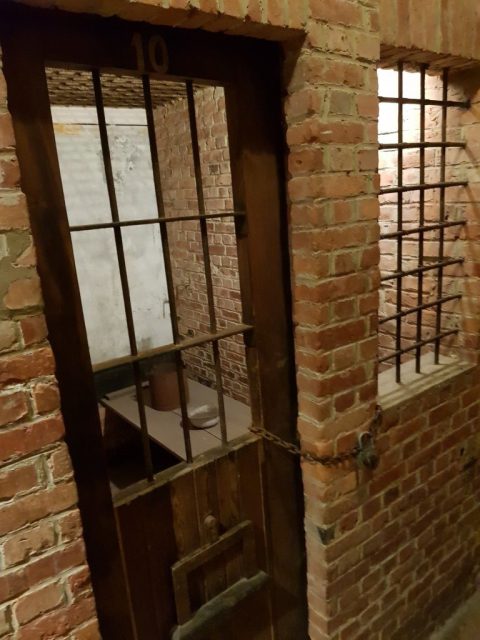
For the prisoners that didn’t follow the rules, they had very small holding cells. There was one plank they could sleep on, but during the daytime hours of 6:30 AM to 8 PM, the plank was removed and prisoners were forced to stand in the middle of the cell without touching any wall.
There was loose charcoal on the walls, and guards could spot on their clothes whether prisoners touched the walls.
After passing the cells, torture chamber, and the holding cells we walked outside. You can walk all the way around the fortress, and it was kind of a nice break from all the sorrow inside. Little did we know that just behind the fortress there was another site that was just as sad to witness.
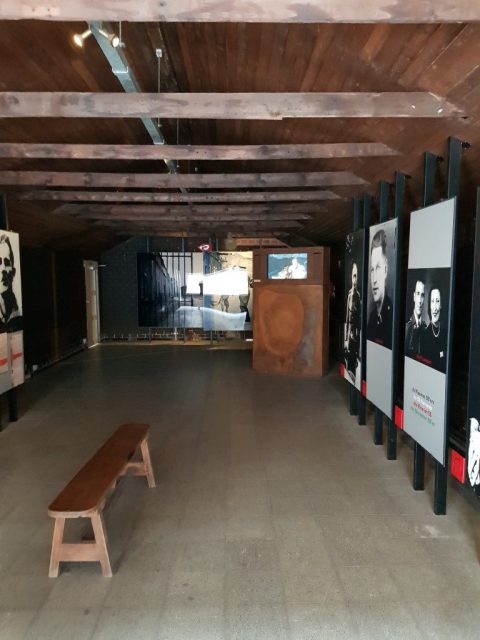
We walked toward a small fenced site attached to the outside wall of the fortress. At first I thought it was a reinforcement of some kind. But as we got closer, I spotted the gallows in the corner. The 12 poles were not for defensive measures but were used by firing squads. Looking at the bullet holes in the poles–some darker stains were still visible–it became clear they were not only for display.
The plaque on the wall showed the names of people that were executed at this site and as far as I could count there were over 180 names. We paid our respects and walked further to re-enter the fort on the other side.
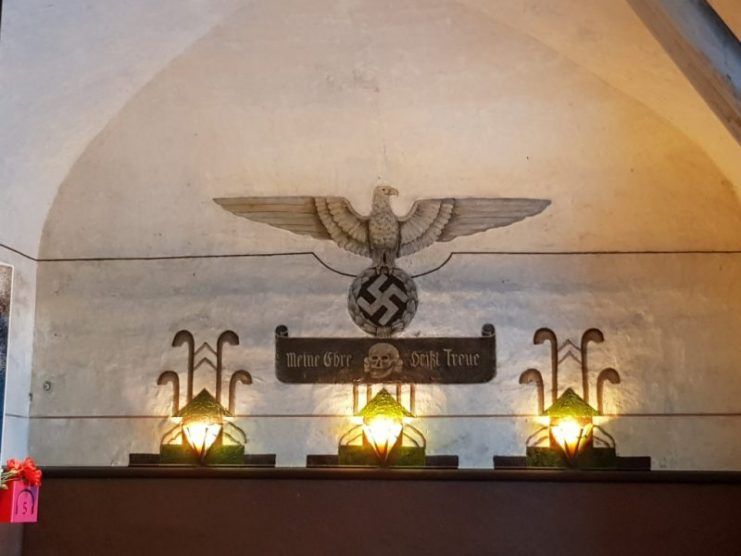
Here there were stables for horses and pigs. Even the name badges for the horses were still hanging, and it reminded us that the prisoners were only called by their number, but each horse had a name.
After the stables attached to the other side, we were taken to see the bathing room. The Belgians were scared of diseases and therefore built a bathroom.
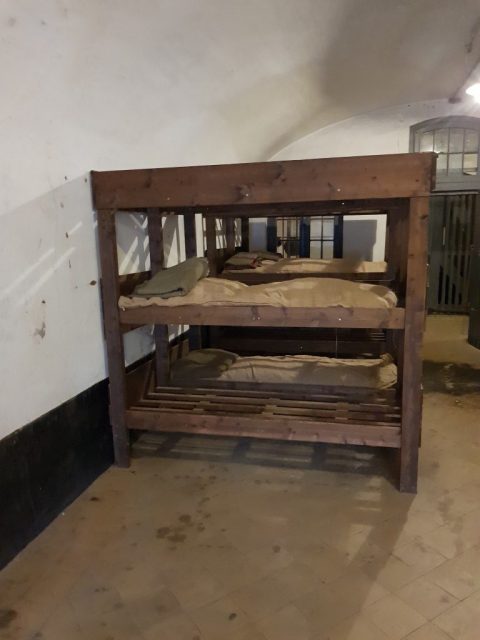
Once every two weeks, all the prisoners were taken to shower. They were allowed 3 minutes. Here, the guards enjoyed the fact that they were in charge of the cold and hot water and used it to torment the prisoners during their showers.
There was also a room fitted for archive research, and we stumbled across some French-speaking people that were searching the database for a relative that was held in Breendonk.
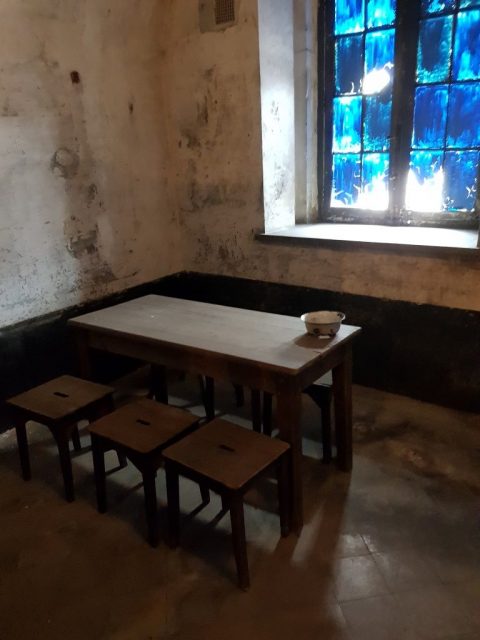
At the end of the tour, you pass the memorial room filled with names of people that were imprisoned and/or killed at Breendonk. Over 3,500 people were held captive here during the war. Breendonk was eventually liberated on September 4th, 1944.
After the liberation, the prison was still used to hold traitors and members of the Nazi party until it became an official memorial site in 1947. From that time on the fortress has been used as a museum.
We spent more than 2.5 hours at Breendonk, and the 1.5-hour drive back home was utterly quiet.
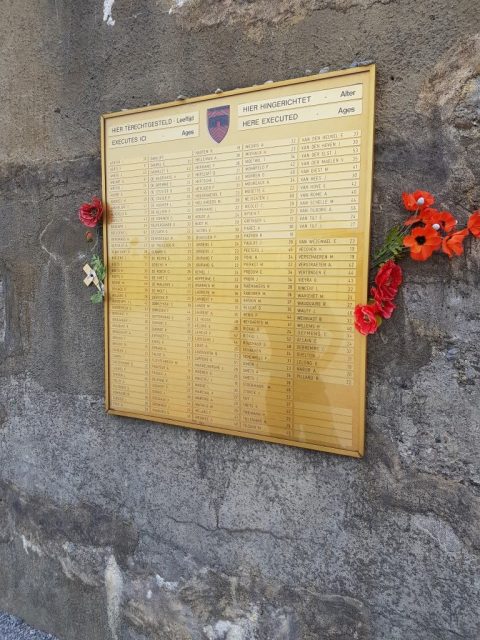
Breendonk is a relatively unknown site from the war. The fact that so many things are preserved make the place almost like a time capsule, looking back into one of the darkest periods of time. Breendonk, a place was built to keep people out but eventually was used to keep them in-and in a sadistic fashion.
I would highly recommend a visit to it. Breendonk is located south of Antwerp, just an hour away from Rotterdam (NL) or Brussels (BE) and is open every day of the week.
For more info visit Breendonk.
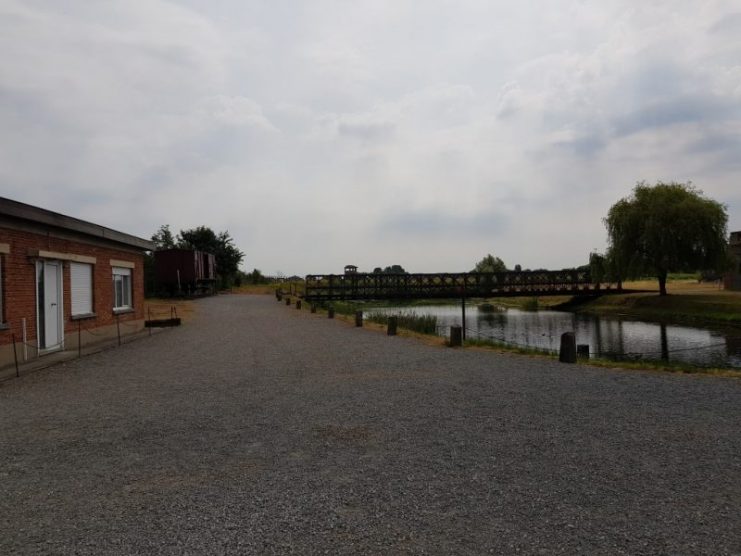
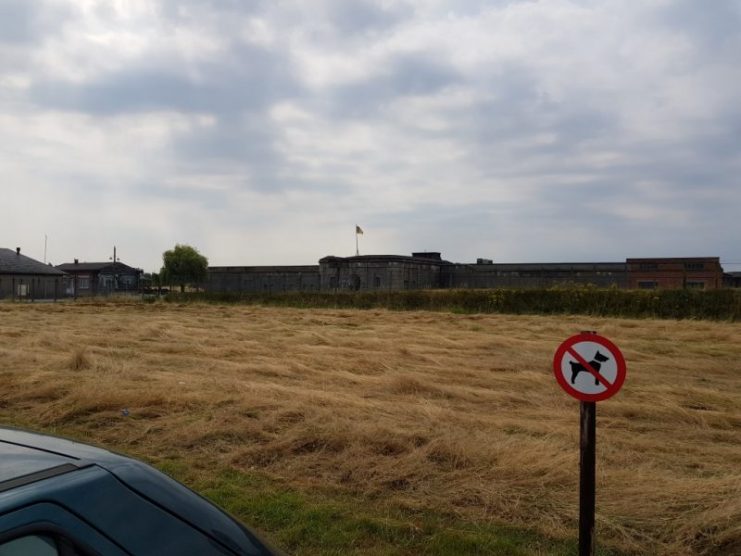
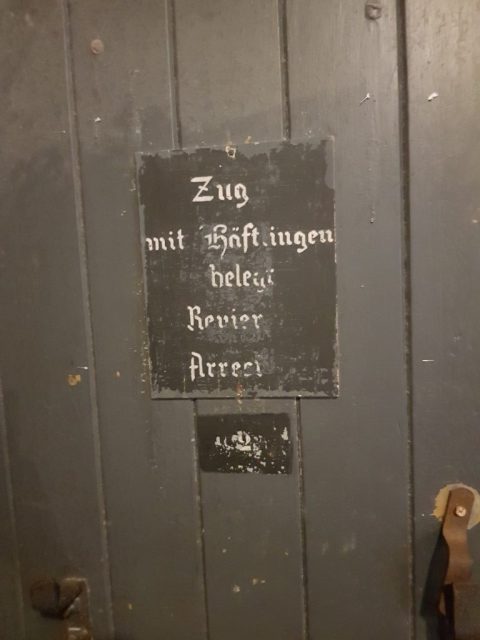
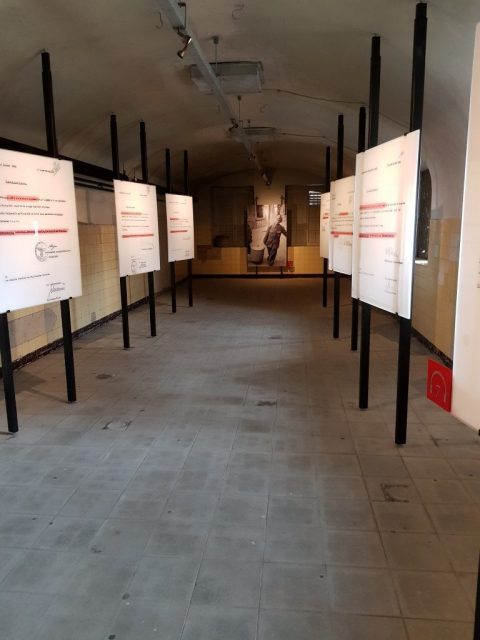
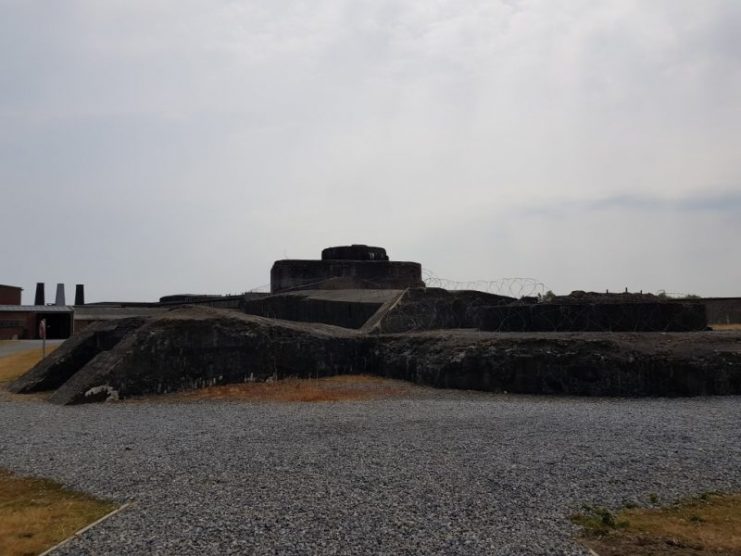
Read another story from us: Faces of Evil: Female Concentration Camp Guards
